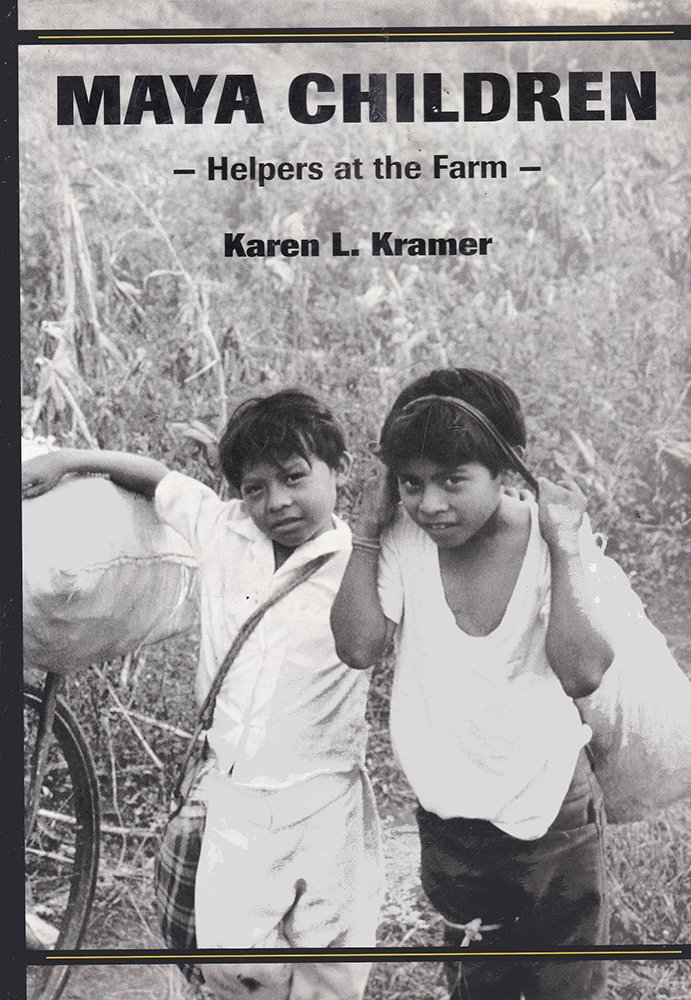Drawing on a range of theoretical perspectives and extensive data gathered over many years, Kramer interprets the form, value, and consequences of children’s labor in this maize-based culture. She looks directly at family size and birth spacing as they figure in the economics of families; and she considers the timing of children’s economic contributions and their role in underwriting the cost of large families. Kramer’s findings–in particular, that the children of Xculoc begin to produce more than they consume long before they marry and leave home–have a number of interesting implications for the study of family reproductive decisions and parent-offspring conflict, and for debates within anthropology over children’s contributions in hunter/gatherer versus agricultural societies.
With its theoretical breadth, and its detail on crop yields, reproductive histories, diet, work scheduling, and agricultural production, this book sets a new standard for measuring and interpreting child productivity in a subsistence farming community.









Be the first to review “Maya Children: Helpers at the Farm”